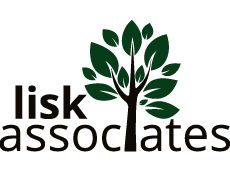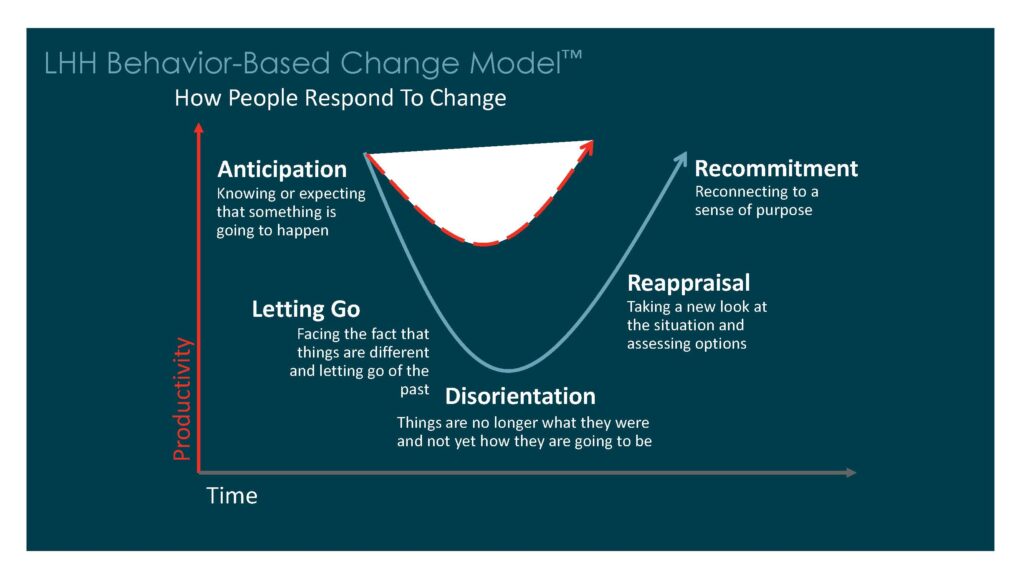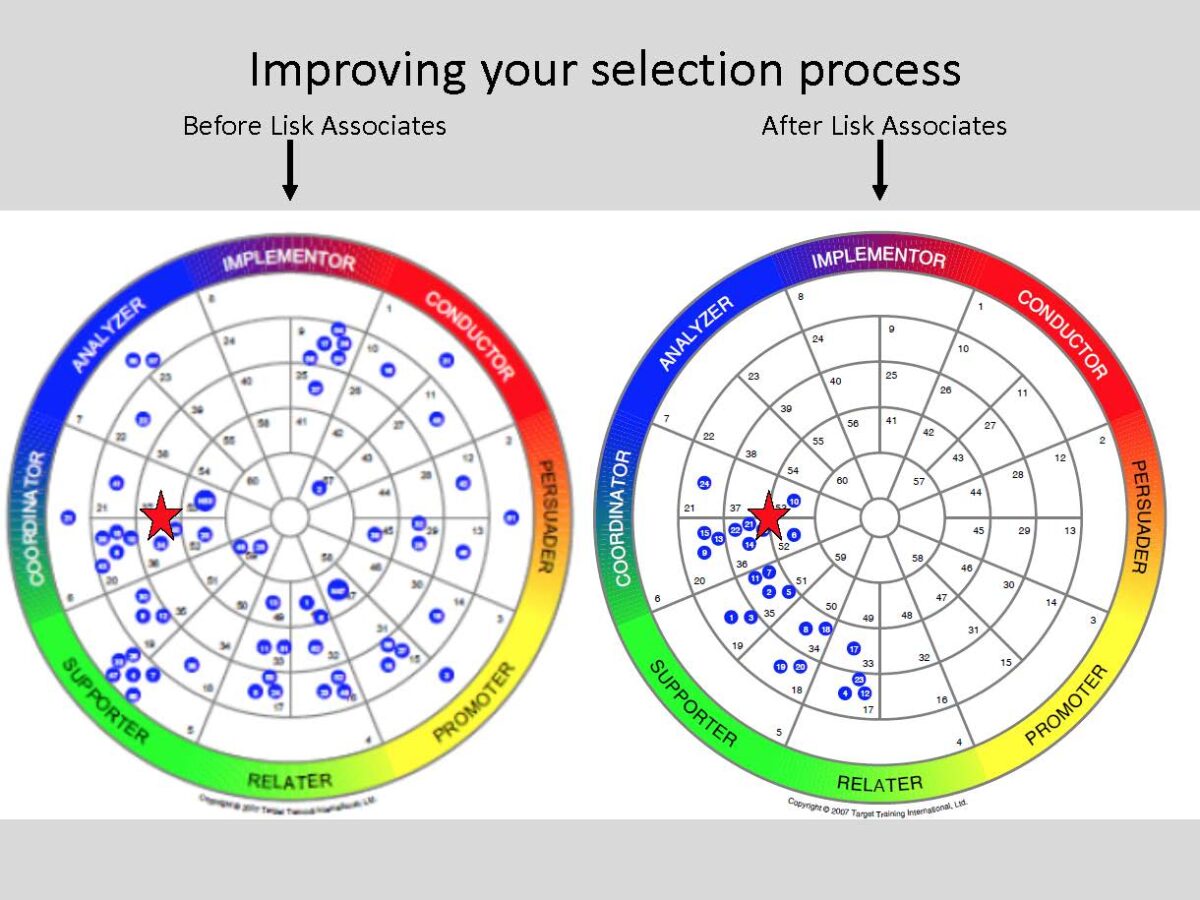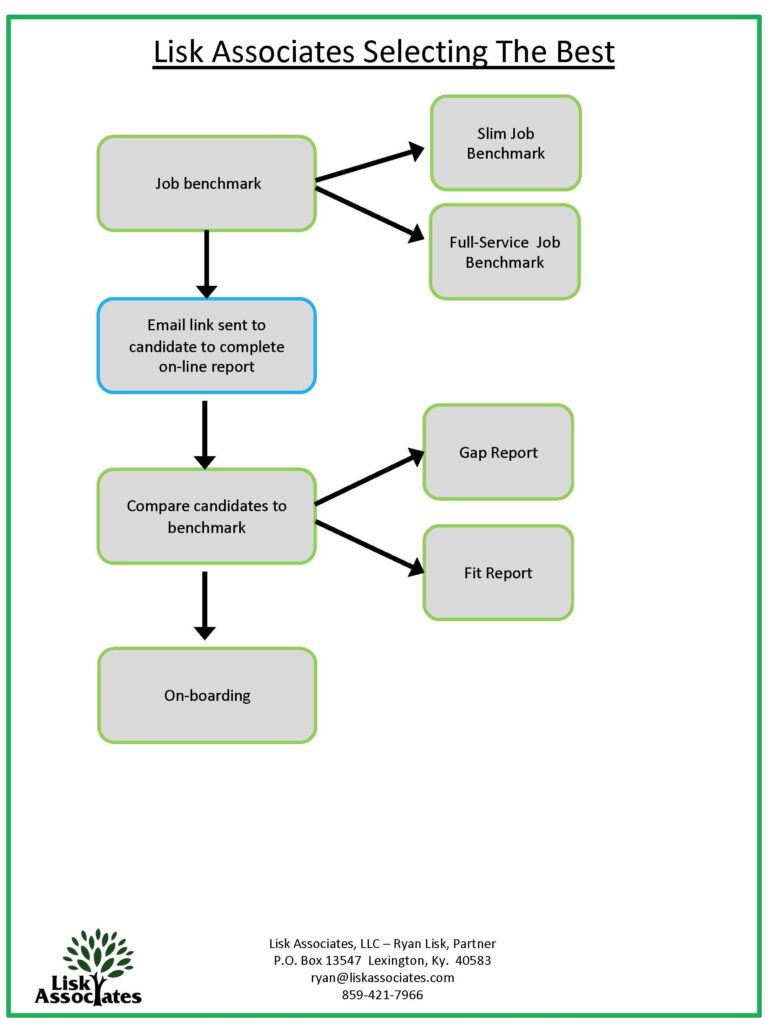Organizations use Lisk Associates’ “Selecting The Best” tools and services to assist with up to 33% of their total hiring process. Selecting The Best focuses on hiring for fit and assesses potential risk based on fit. Organizations are ultimately responsible for the hiring decision. Once they make the hire, there are four types of hires to determine how we did on assessing fit to the position.
Type #1. Low-Risk High-Performer
There’s no real magic to this category. The organization identified this candidate as a viable candidate from the get-go. They felt this person was the right fit and our services agreed. Our process provides value in it verifies our clients’ original gut instincts. I would explain this category as “We thought they would be a high performer and they are.”
Type #2. High-Risk Low-Performer
This is the category that has brought the most value to our clients. It’s also the category that has brought the most professional conflict with our clients. Imagine you’ve worked hard to recruit a candidate and then Lisk Associates’ Selecting The Best process deems this candidate a high-risk fit. You ignore it, tell Lisk why this candidate is going to do great, make the hire, and then this happens….
“Unfortunately Sarah is not working out. They plan to let her go before her 90 day review. She was a high risk fit to the benchmark.”
or this….
“As a follow up, I just learned that the problem child (the one who was a horrible fit to the benchmark) resigned.”
I would explain this category as, “Selecting The Best thought they would struggle and they did struggle.” Many of Lisk Associates’ customers for life have experienced this type of hire and are willing to do whatever it takes to not make the same mistake again.
Type #3. High-Risk High-Performer
High-Risk High-Performer is a rare combination, but when it happens can be a head-scratcher. In this category, we have identified a high-risk fit meaning the work doesn’t align with who the person is, what they enjoy, and/or what they can do, but they are doing a great job. How can this be? My first thought is “Motivation”. There are times when hard work will overcome the fit. What is motivating this person? Why are they working? Who or What are they working for? There may be a good story behind the hard worker. I remember a surgical resident who was a high-risk fit to the position and was making it work. He was driving three hours each way to get to the hospital and doing everything in his power to make it in order to support his family. Everyone loved this guy. I sometimes believe motivation with a will to work hard will overcome what the fit may say on paper. Even though a high-risk fit, the person’s motivation and hard work outweigh their lack of natural fit to the position. If this is the case with one of your recent hires, “What could you do to make work-life easier or more efficient for them?”
Type #4. Low-Risk Low-Performer
With Low-Risk Low-Performer, our process has identified someone who CAN do the job, but is not doing the job. We know they align with the job and have the capacity to do the job, but something is preventing them from crushing it. It’s hard to fake high-potential. So, when this is the case, look to their leader and determine what has been done to insure this person is getting what they need to do the job. Has this person been given on-boarding, training, and team-building? Also, a leader’s use of RealTime Coaching would be helpful to determine if there is any interference or distractions that is keeping this person from doing the job.
To join our community of clients Selecting The Best, contact Lisk Associates. [email protected]




